Explore the unique and often surprising hair norms that defined the Baby Boomer generation, from the importance of weekly salon visits to the expectation of perfectly set curls.
These unwritten rules, passed down through generations, shaped how Baby Boomers presented themselves and perceived beauty.
Today, many of these conventions seem outdated, replaced by more relaxed and individualistic approaches. Join us as we delve into the past to uncover 20 hair rules that once ruled supreme but are rarely observed in contemporary times.
Weekly Salon Visits
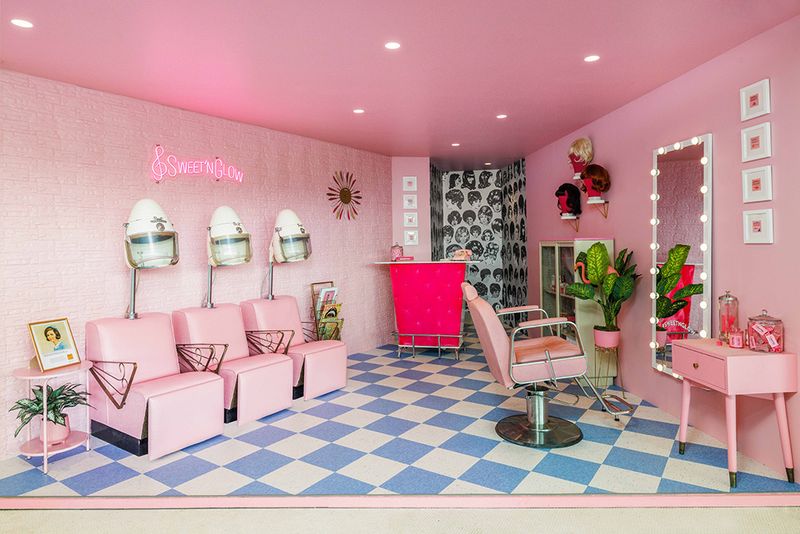
Back in the day, visiting the salon was a ritual. Baby Boomers would religiously schedule weekly appointments, not just for a trim but for a full beauty regimen.
The salon experience was not merely about maintaining one’s appearance but also a social affair. The hum of hair dryers and the smell of hairspray filled the air.
Conversations flowed as freely as the coffee served. Today, the convenience of at-home hair care has replaced these weekly visits, making them a quaint memory of a more community-focused era.
Perfectly Set Curls

For Baby Boomers, curls were a symbol of grace and femininity. Achieving the perfect set required patience, skill, and an assortment of tools. Rollers, hairspray, and pins were essentials.
Women would often spend hours setting their hair at night to ensure the curls stayed intact by morning. This dedication to curls was a testament to the importance of appearances.
However, today’s styles celebrate natural textures, and the rigorous curling routine has relaxed. The art of the perfect curl remains, but the pressure to maintain it has eased.
No Wet Hair Outdoors
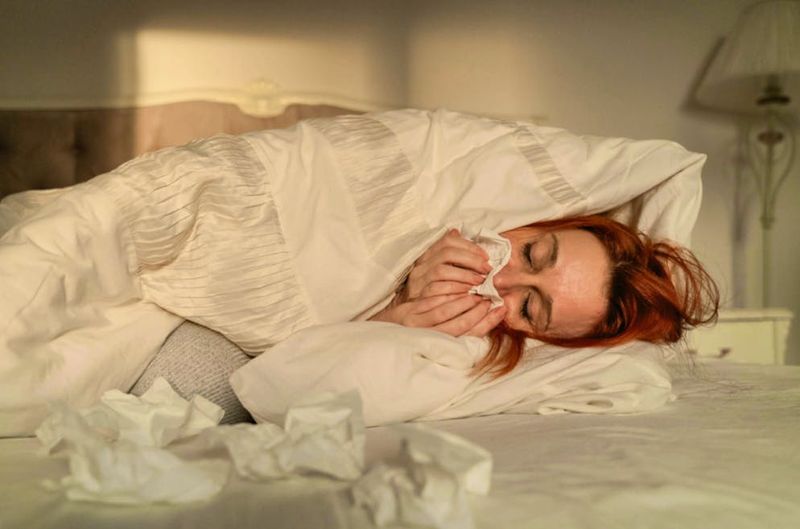
Stepping outside with wet hair was considered a societal faux pas. The belief was that it not only invited a cold but also reflected poorly on one’s grooming habits.
Baby Boomers were taught to always dry their hair before heading out, ensuring a polished appearance. This rule was deeply rooted in the era’s emphasis on presentation.
Nowadays, practicality often triumphs over such concerns, with many embracing air drying as a healthier alternative. The sight of people with damp hair in public no longer raises eyebrows as it once did.
Brushing 100 Strokes
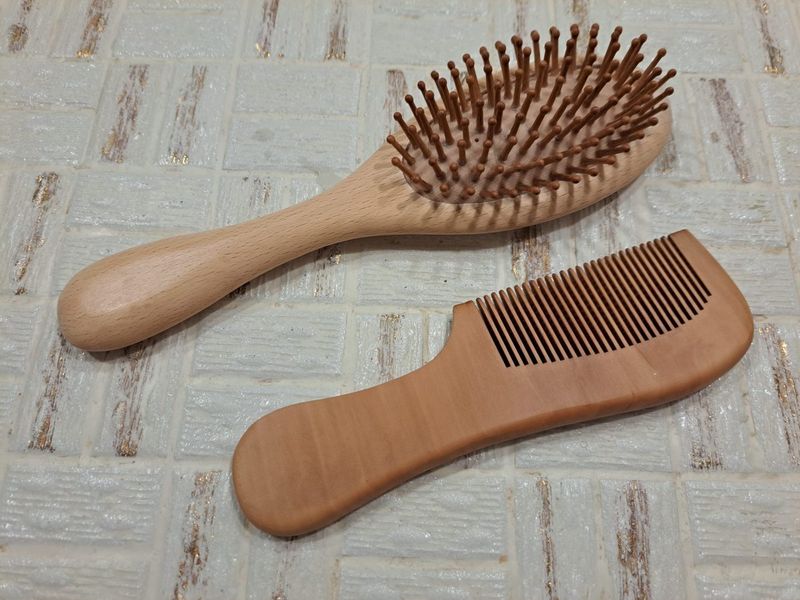
Once hailed as the secret to healthy, lustrous locks, the 100-stroke brushing routine was a nightly ritual. Baby Boomers believed that this practice stimulated the scalp and distributed natural oils, contributing to shiny hair.
Mothers would pass down this tradition to their daughters, framing it as essential self-care. The gentle rhythm of brushing was both soothing and deliberate.
In present times, this meticulous routine has largely fallen by the wayside, replaced by more efficient hair care practices. The notion of 100 strokes now seems more nostalgic than necessary.
Avoiding Bangs Past 30

Bangs were seen as youthful and playful, but Baby Boomers believed they had a shelf life. After a certain age, usually around 30, women were expected to move away from bangs in favor of more mature hairstyles.
This unwritten rule reflected broader societal expectations of aging and femininity. The transition away from bangs marked a rite of passage into adulthood. Contemporary style, however, encourages personal expression regardless of age.
Bangs have made a comeback across generations, proving that style knows no boundaries. Age is no longer a barrier to any hairstyle.
Hair Must Match Outfit
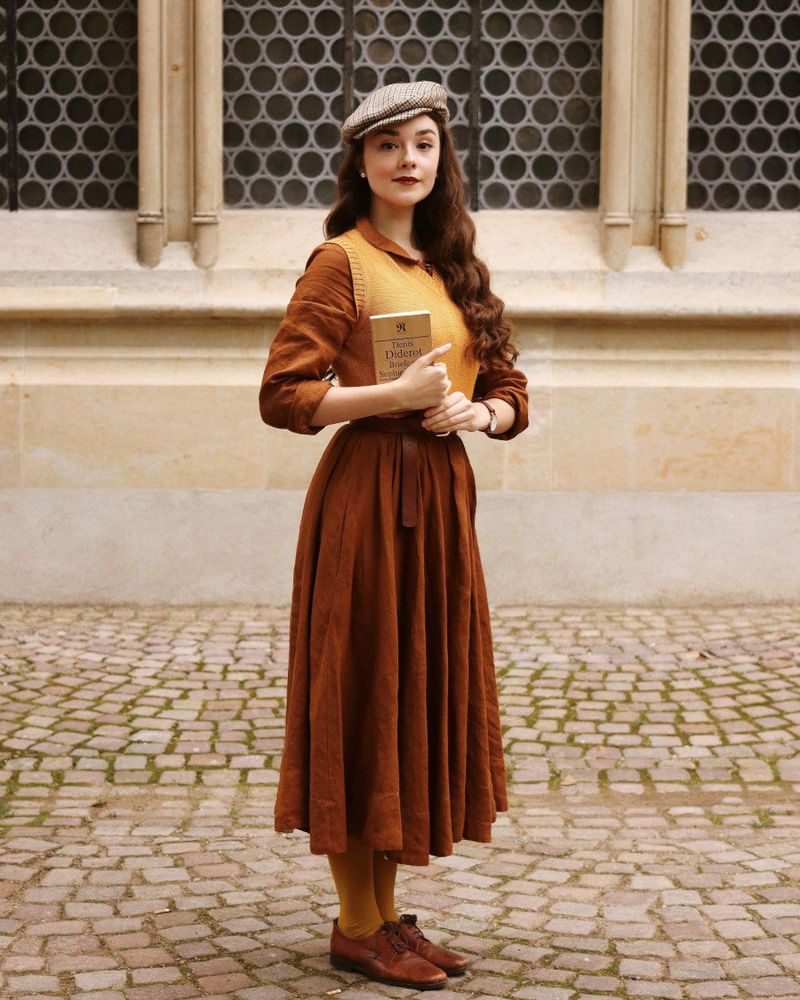
In an era where appearances mattered enormously, Baby Boomers learned to coordinate their hair with their outfits. Hair was considered an extension of one’s attire, and matching it with colors, styles, and themes was the norm.
This practice required an eye for detail and a flair for fashion. The time and effort spent in this coordination spoke to the era’s emphasis on aesthetics and elegance.
Today, individuality and personal style take precedence, allowing for more experimentation and less rigid matching. The harmony of hair and outfit is now a personal choice rather than a rule.
No Gray Hair Allowed
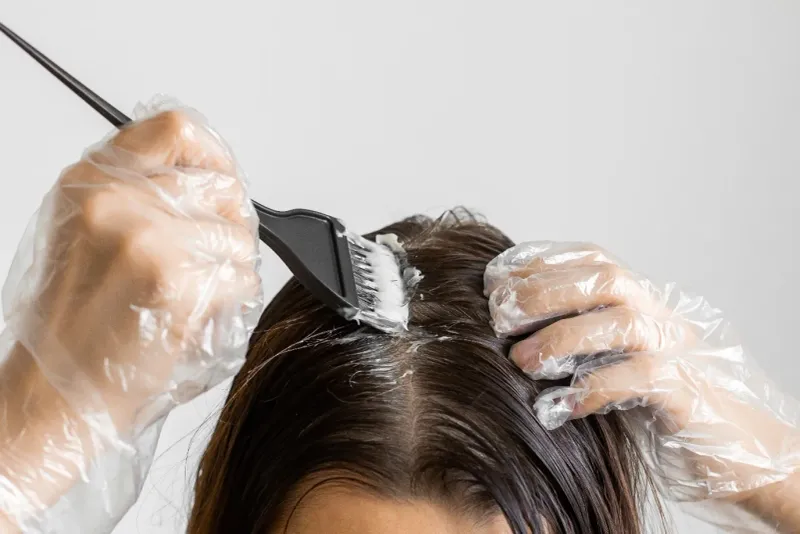
Gray hair was seen as an admission of age, something Baby Boomers were taught to conceal. Dyeing hair to cover gray was not only common but expected, as a sign of vitality and youth.
The pressure to hide gray hair was immense, reflective of broader societal attitudes towards aging. Today, however, embracing gray has become a powerful statement of authenticity and self-acceptance.
The once-taboo color is now celebrated, with many choosing to flaunt their silver locks proudly. Gray hair has become synonymous with confidence, turning a past rule on its head.
Avoiding Long Hair Over 40

Long hair was reserved for the young, or so the unwritten rules went. Baby Boomers were often encouraged to cut their hair short after 40, as longer styles were deemed inappropriate for older women.
The idea was rooted in the belief that shorter hair conveyed sophistication and maturity. Today, these conventions have shifted, and women of all ages proudly wear long hair, embracing the freedom to define their beauty standards.
The notion of age-appropriate hairstyles has been replaced by a focus on personal preference and individuality, challenging past norms.
Perms as Fashion Statements
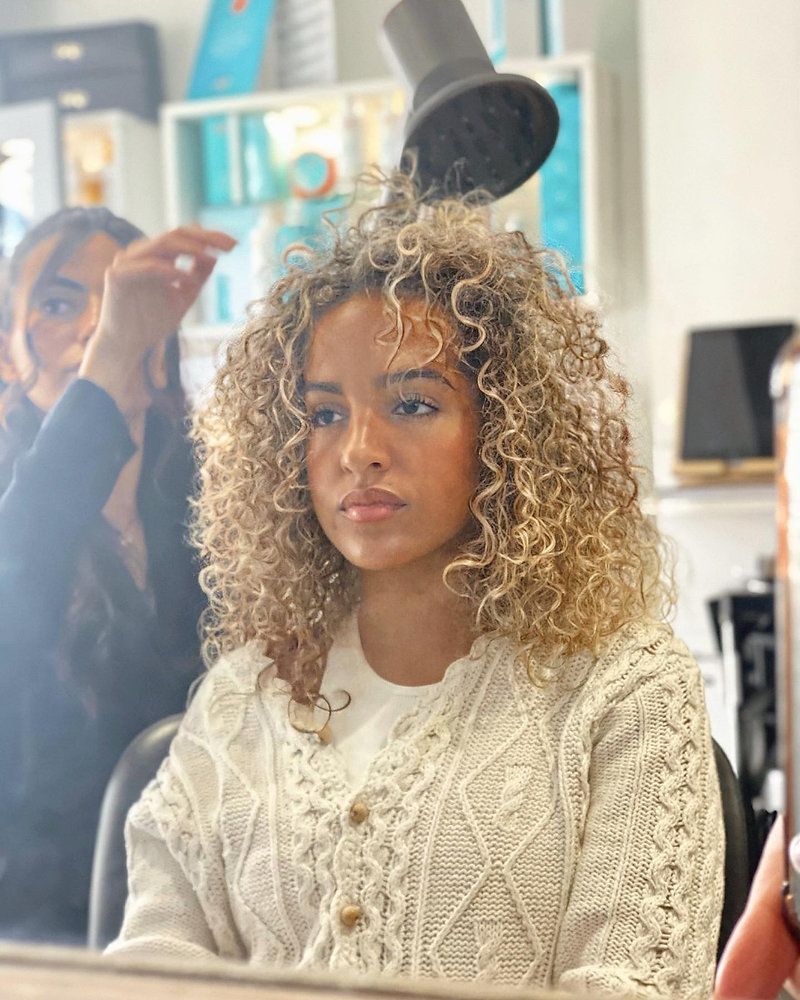
The perm was once a badge of style and sophistication, especially during the late 1970s and 1980s. Baby Boomers relished the volume and texture it added to their hair.
Each perm was a commitment, a bold expression of fashion consciousness. The process involved chemicals and time, but the result was seen as worth the effort.
Perms were about making a statement and standing out. Contemporary trends, however, have moved away from rigid, chemical treatments towards more natural looks. The perm has become a nostalgic reminder of a vibrant era in fashion history.
Men’s Short Hair Only

For Baby Boomer men, short hair was the norm. The ‘clean cut’ look was synonymous with respectability and professionalism. Long hair on men was often viewed with suspicion, linked to rebelliousness or counterculture movements.
Regular trips to the barber ensured hair remained neat and conforming. Over time, these perceptions have dramatically shifted. Today, men enjoy a plethora of styles, with long hair no longer carrying the same stigma.
The freedom to express individuality through hair has redefined masculinity, breaking away from rigid conventions that once prevailed.
Strict Updos for Formal Events
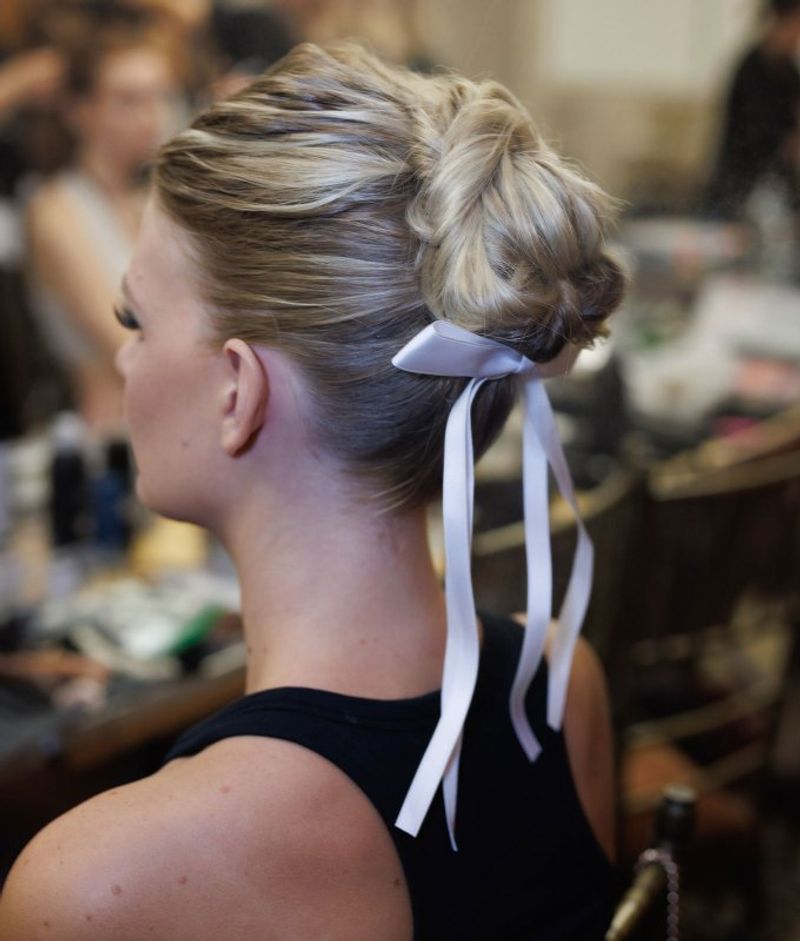
Formal occasions called for elaborate updos, a staple of elegance during the Baby Boomer era. These hairstyles were meticulously crafted, often involving teasing, spraying, and pinning.
An updo was a mark of sophistication, seen as essential for weddings, galas, and other formal events. The time invested in these styles reflected the importance of appearances in social settings.
Nowadays, formal hair has diversified, with relaxed and creative styles becoming equally accepted. The strict updo is no longer a necessity, offering more freedom to express personal style during formal occasions.
No Hair Accessories After 20
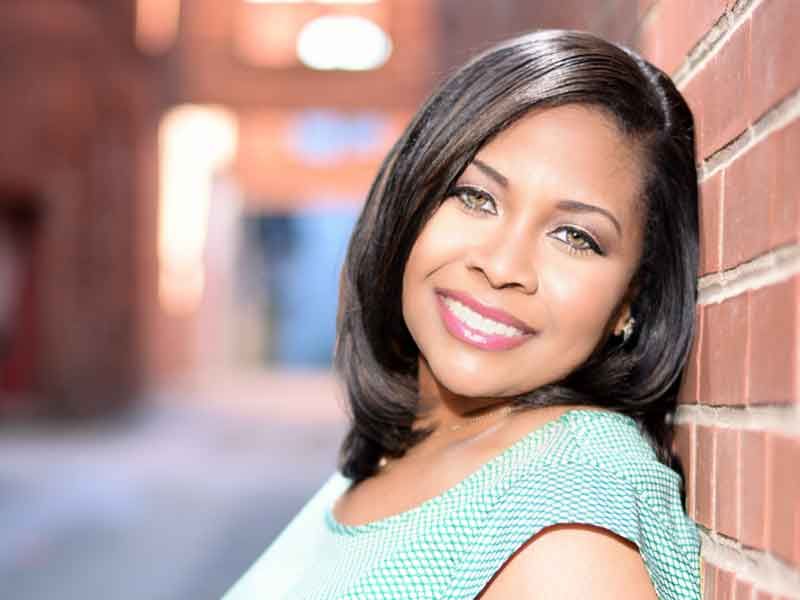
Hair accessories were considered youthful, a playful touch to one’s appearance. However, Baby Boomers learned that after a certain age, typically around 20, such adornments were best left behind.
The belief was that maturity required a more understated approach to hairstyles. This rule reinforced the era’s expectations of growing up in style. Today, hair accessories have made a triumphant return, beloved by all ages for their versatility and charm.
From headbands to clips, these embellishments have recaptured their place as beloved style statements, defying age limitations.
Matching Family Hairstyles
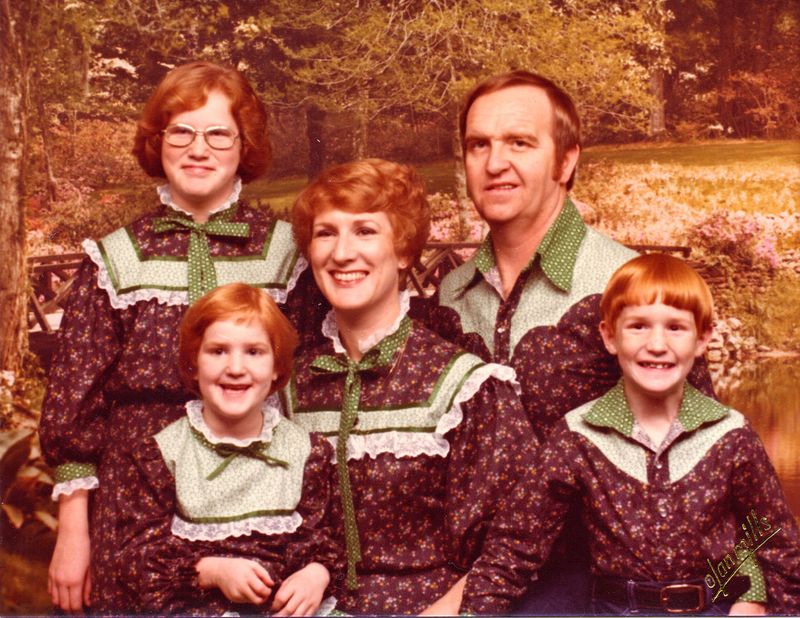
A family that matched hairstyles exuded unity and harmony. Baby Boomers often followed this trend, ensuring that family photos depicted a unified look.
This practice extended beyond special occasions to everyday life, reinforcing a sense of belonging through appearance. Such hairstyles were carefully chosen to complement one another, creating a cohesive family image.
Today, individuality within family units is celebrated, with each member free to express their unique style. The idea of matching family hairstyles now seems quaint, a charming relic of a bygone era where conformity was valued.
No Hair Washing Daily
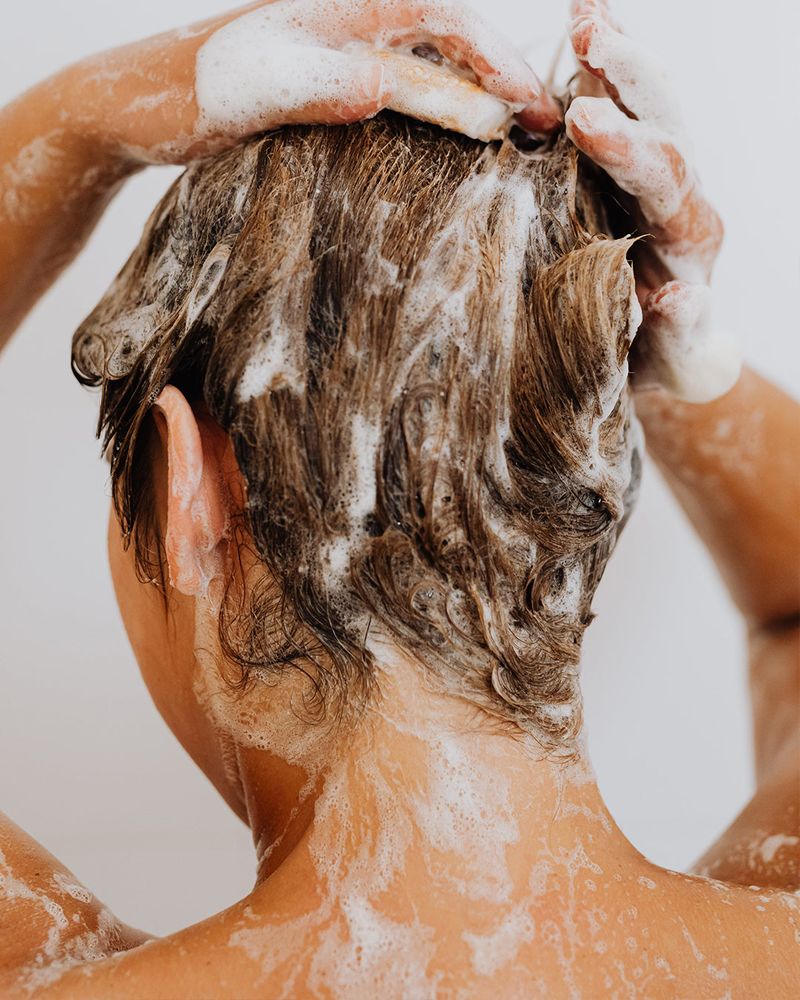
Daily hair washing was frowned upon, believed to strip hair of its natural oils and vitality. Baby Boomers adhered to a less frequent washing schedule, often washing hair once or twice a week.
This practice was seen as essential for maintaining healthy locks. Advice from hairdressers and beauty magazines reinforced this belief, framing it as a cornerstone of hair care.
In contrast, modern hair care routines vary widely, with some embracing daily washing as part of their regimen. The one-size-fits-all approach has given way to personalized care, reflecting changes in lifestyle and preferences.
Strict Parting Rules
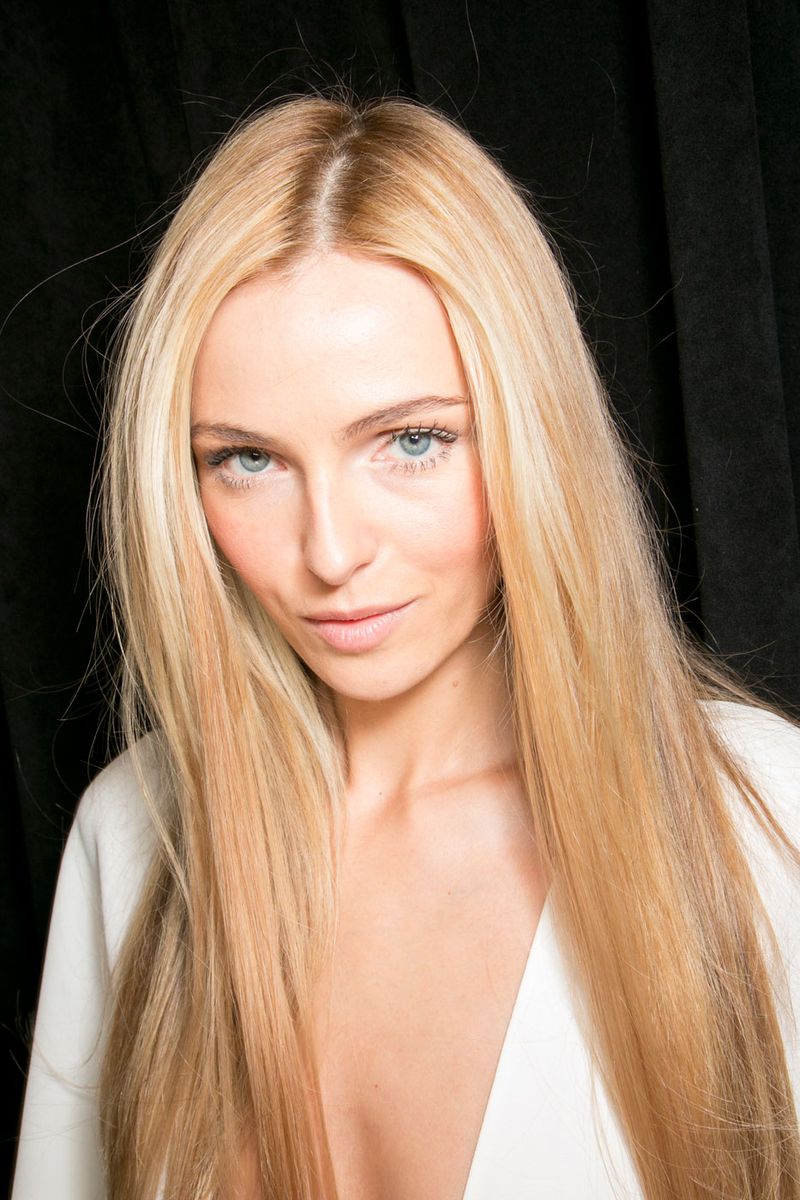
Parting one’s hair was a serious matter. Baby Boomers learned specific parting rules according to face shape and fashion trends. A middle part signified a balanced style, while side parts could add character or sophistication.
The perfect part was believed to enhance one’s features, requiring precision and care. Today, such strict guidelines have relaxed, with individuals experimenting with various parting styles.
The freedom to change one’s part adds a dynamic element to hairstyling, allowing personal style to dictate choices. The once rigid rules surrounding parting have been replaced with flexibility.
No Visible Roots

Visible roots were seen as a sign of neglect, something Baby Boomers worked hard to avoid. Regular touch-ups were essential, ensuring hair color appeared consistent and polished.
The pressure to maintain perfect roots was a reflection of the era’s beauty standards, where appearances were meticulously managed. This unwritten rule emphasized the importance of consistency in personal grooming.
Nowadays, visible roots are often embraced as a trendy style statement, challenging past norms. The shift towards authenticity and natural beauty has reshaped perceptions, allowing for more relaxed attitudes towards hair maintenance.
Dandruff is Unacceptable
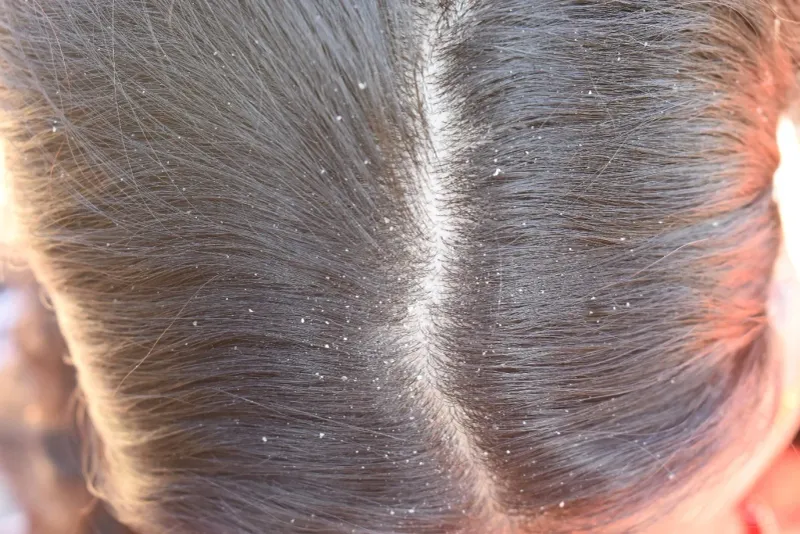
The presence of dandruff was a major concern for Baby Boomers, considered socially unacceptable. Advertisements for anti-dandruff shampoos were prevalent, highlighting the importance of a flake-free scalp.
This focus on dandruff reflected the era’s emphasis on personal hygiene and presentability. Maintaining a clean scalp was seen as crucial to one’s overall appearance.
Today, dandruff is treated as a common issue with various solutions available, reducing the stigma associated with it.
The understanding that scalp health varies among individuals has brought a more compassionate approach to this once-taboo topic.
No Hair Out of Place
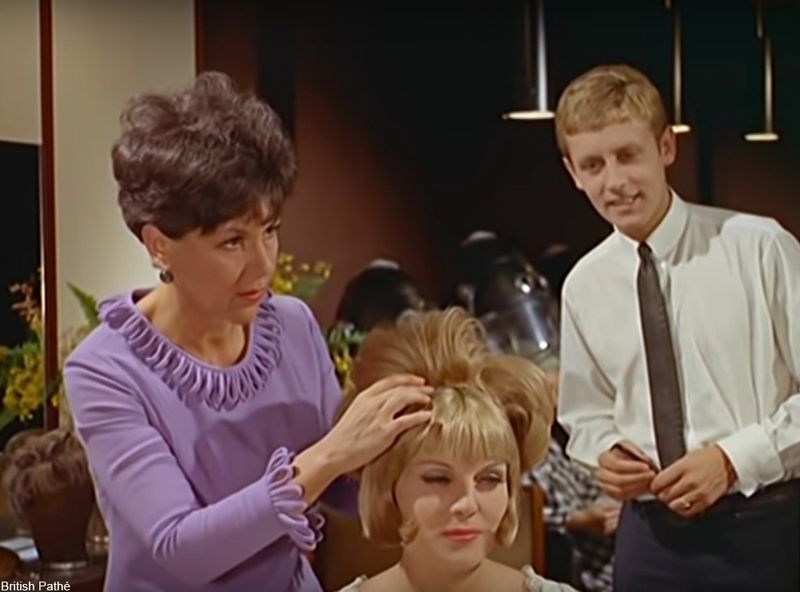
Perfection in hairstyling was the ultimate goal. Baby Boomers strived for impeccably neat hair, with every strand in its place. The use of hairspray, gel, and other styling products was prevalent, ensuring long-lasting hold and shine.
This quest for perfection was a reflection of the era’s values, where appearance was linked to success and respectability. In contrast, modern hairstyles celebrate a more relaxed, ‘undone’ look, valuing authenticity over rigidity.
The shift towards embracing natural beauty has transformed the once rigid standards of hairstyling, allowing for more personal expression.
Avoiding Hair Dyes for Men
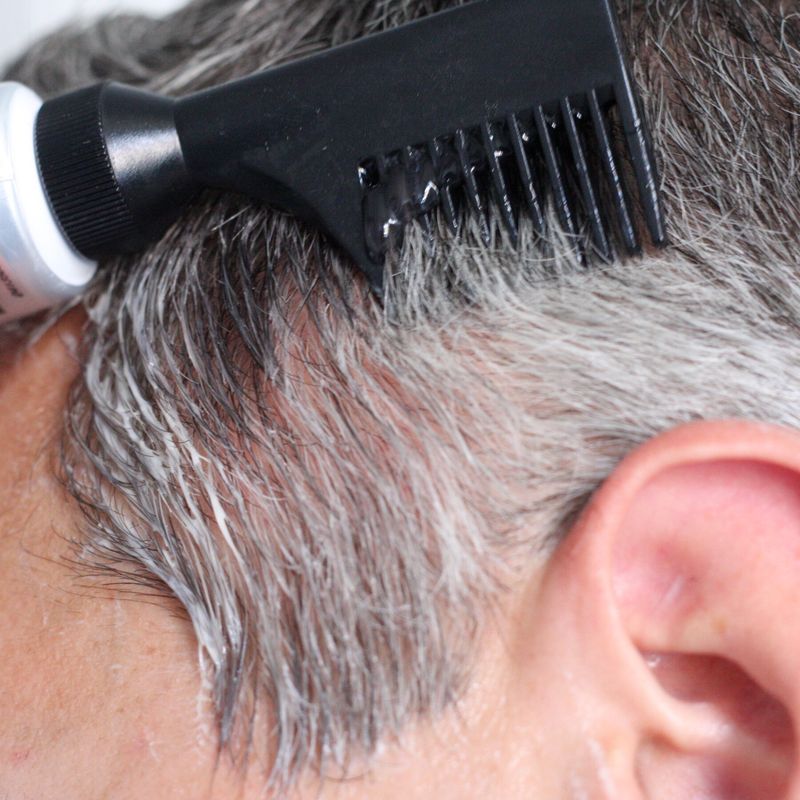
Hair dye was largely seen as a female domain during the Baby Boomer era. Men were discouraged from using dyes, as natural hair was perceived as more masculine.
The idea was rooted in traditional gender roles, where men were expected to age gracefully without altering their appearance.
Over time, these perceptions have evolved, with many men now embracing hair dye to express individuality or cover gray.
The acceptance of hair dye for men reflects broader changes in perceptions of masculinity, breaking down barriers and allowing for greater freedom in personal grooming choices.
Strict Gender-Based Hairstyles

In the 1960s, haircuts were strictly divided by gender. Men visited barbers for short, neat styles, while women frequented salons for feminine cuts.
Today, these rigid boundaries have dissolved, giving rise to unisex salons. Men now sport long hairstyles, and women embrace short, edgy cuts. Barbershops have evolved, offering more than just a scissor trim.
The shift reflects broader societal changes towards gender equality and self-expression. This evolution in hairstyling mirrors the deconstruction of traditional gender roles, allowing individuals to choose styles that truly represent their identity.
Did you know? The Beatles’ mop-top haircuts challenged these norms, sparking a revolution in men’s hairstyling.
